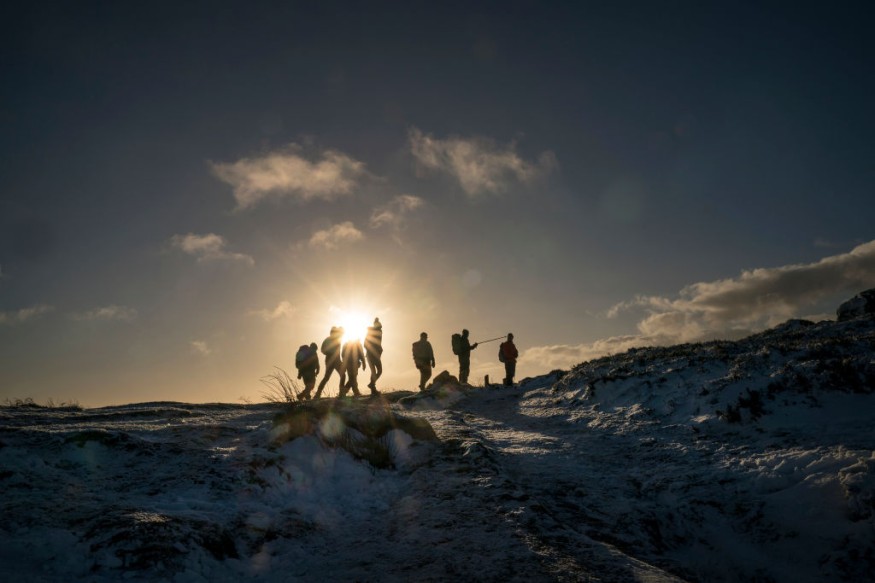Recent research indicates that having a walk in green spaces will boost your emotional wellbeing and better control stress.
The research, reported in the journal Public Health in Practice, also found that persons with a good "sense of coherence" (SOC) are more sensitive to stress.

Researcher Shinichiro Sasahara, a professor at Tsukuba University in Japan, underscored walking in a forest or green space at least once a week will help people have better SOCs.
Sasahara said walking in a forest or green space is an essential exercise that does not involve special equipment or preparation. It may be a really healthy practice to enhance mental wellbeing and manage stress, he added.
Those who walk in the park have better SOCs than those who don't
The research team evaluated the SOC scores of employees, demographic attributes, and their forest/green space walking patterns for the report.
SOC encompasses the triad of meaningfulness (finding a sense of purpose in life), understandability (recognizing and acknowledging stress), and manageability (feeling equipped to deal with stress).
The research used survey results on more than 6,000 staff between the ages of 20 and 60. Among people who often took walks in woods or green spaces, they noticed stronger SOCs.
The researchers grouped the survey respondents into four categories based on their level of forest/green space cycling. They then measured their walking behavior against characteristics such as age, salary, marital status, and the respondents' SOC scores, grouped as weak, medium, and strong.
An important association of both woodland and green space walks at least once a week was seen by those with high SOC. This main result, not just natural, but also socioeconomic, and suggests the greater benefits of urban greening.
According to Sasahara, SOC suggests the mental capacity to consider and cope with tension. The researcher added a strong value in recognizing repetitive behaviors that enhance SOC with occupational tension as a focal problem.
How to Stay Safe While Walking Outside Amid COVID-19 Pandemic

For your emotional and physical wellbeing, having a stroll or preparing for a run outside during the Covid-19 pandemic will be a saving grace. But it might seem ironic at a moment when we're all expected to sit indoors, that more people are meeting in outdoor spaces to jog.
Here are tips amidst COVID- 19 when biking, walking, and exercising outdoors:
Give more than 6 feet distance to people
The familiar recommendations for keeping six feet from other individuals to avoid coronavirus spread are focused on a "closed area." This ensures that conditions such as wind or intense breathing may change how far the respiratory droplets scatter are not taken into account.
A recent study model indicates that, respiratory droplets from bikers and runners can disperse between 33 and 65 feet depending on the person's pace. There is also some indication that the virus can transmit by tiny particles that can fly more than six feet.
Wear a face mask even though it's uncomfortable
In public environments where it is hard to preserve social space, such as the grocery store or pharmacy, the Centers for Disease Control advises that all persons wear face masks.
Although face coverings when you huff and puff for a stroll or run can be painful, you can always wear them to keep the infection from spreading to other citizens. You could be an asymptomatic carrier even though you sound good.
Run solo but be street smart
You should not race or run with a group of people on a crowded street or trail at a busy moment, and you should not avoid chatting to other people you see throughout your run.
If you feel yourself feeling restless without your jogging friends, try calling them on the phone after your run and talking.
You can preferably run alone. But for certain individuals in some places, that does not seem comfortable. In that scenario, running with another one of your household contacts is good. So there is no increased exposure danger, experts say.
ALSO READ : How Binge Drinking Affects Your Brain Activity
Check out more news and information on Medicine and Health on Science Times.
© 2026 ScienceTimes.com All rights reserved. Do not reproduce without permission. The window to the world of Science Times.











